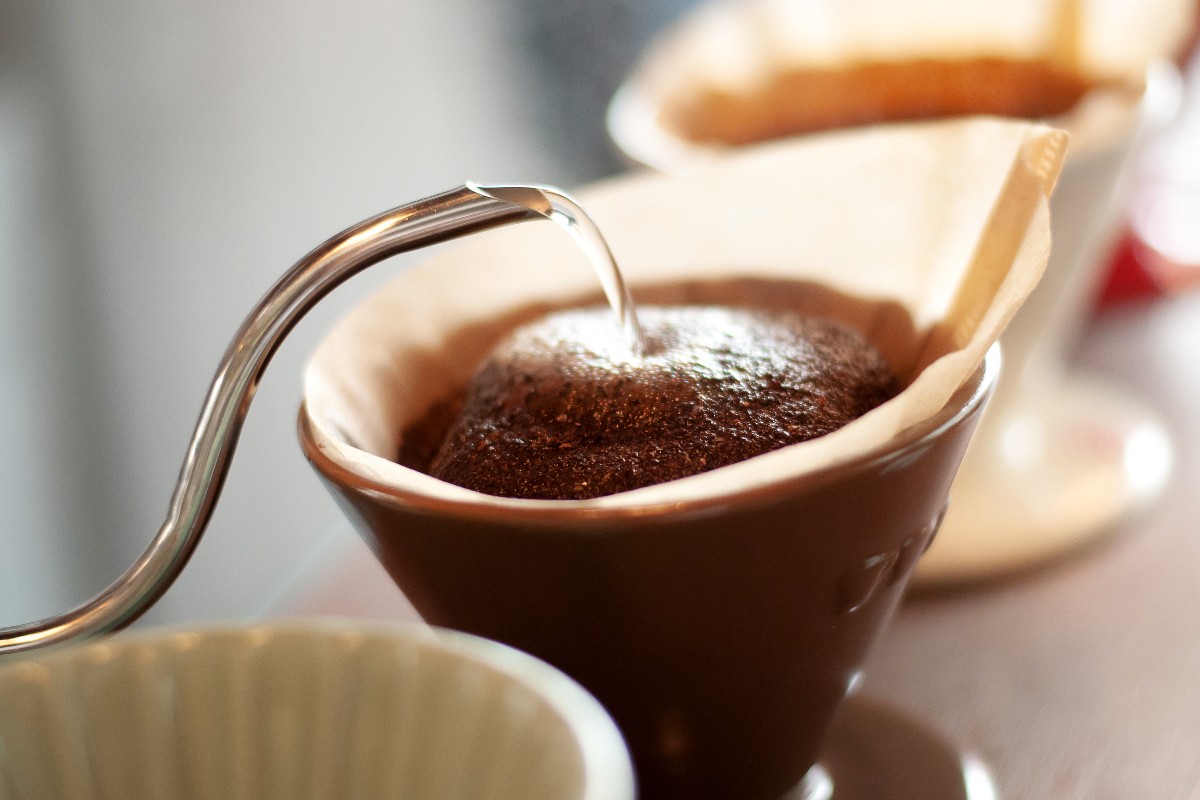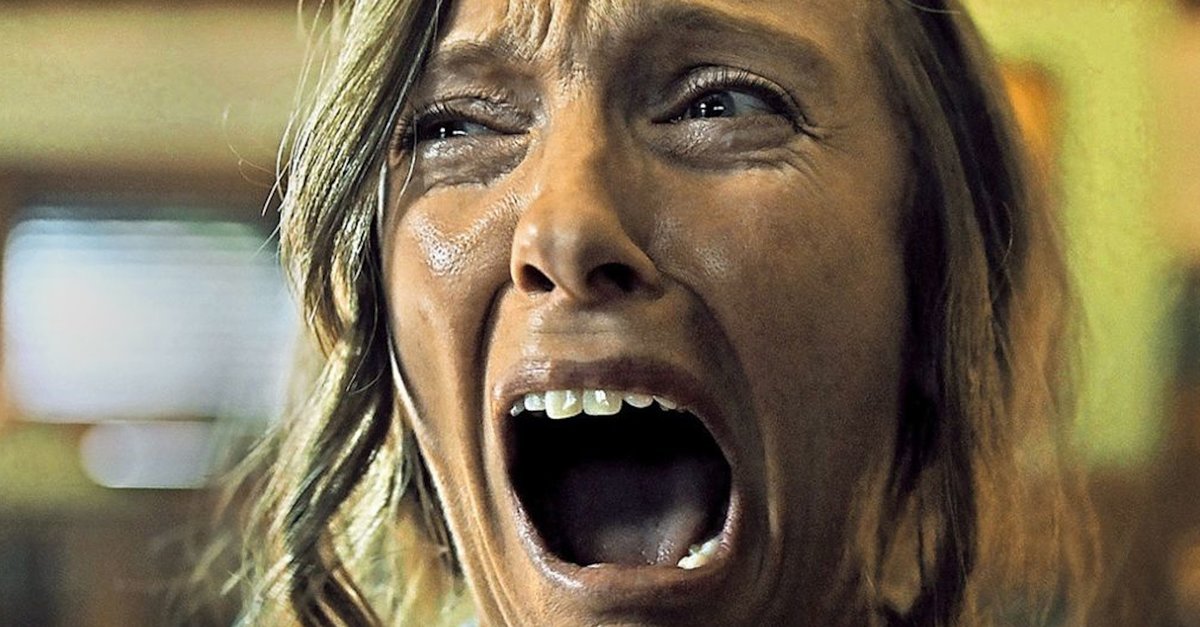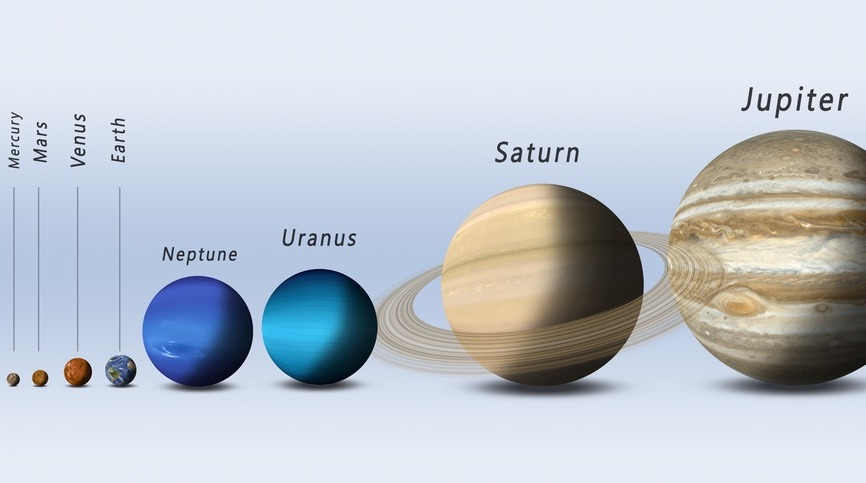Good coffee without a fully automatic machine and portafilter – it works with these utensils
Note: We have used commission links in this article and marked them with “*”. If an order is placed via these links, t3n.de receives a commission.
Despite latte macchiato and flat white, coffee is mostly still consumed in the classic way. In this article we will tell you how you can prepare delicious filter coffee beyond fully automatic machines and portafilter.
Contents
Good filter coffee: You can also do it without a fully automatic machine – even tastier
Fully automatic coffee machines are convenient and save time. But if you also want to enjoy really good and, above all, stomach-friendly, mild filter coffee in the office (and also at home), you should look for other preparation methods. Even a simple hand filter and a filter bag are enough to prepare a delicious cup of coffee or a small pot.
Good coffee works best with a filter and filter bag. (Photo: Shutterstock)
In practice, the V60 filters from Hario have proven themselves in dozens of cafés as well as in private homes. They are made of plastic, porcelain or metal (copper and stainless steel) – which one you choose is up to you. Both the porcelain and the metal versions are chic, the plastic one is an inexpensive entry point. To get started, there is also an affordable entry-level set, consisting of a coffee filter and jug – for Example at Amazon *. The Kalita-Wave-Dripper be usedwhich in turn are made of different materials. It is also stylish and practical Pour-over brewer by April Coffee Roasters from Denmark, which can be used with Kalita filters.
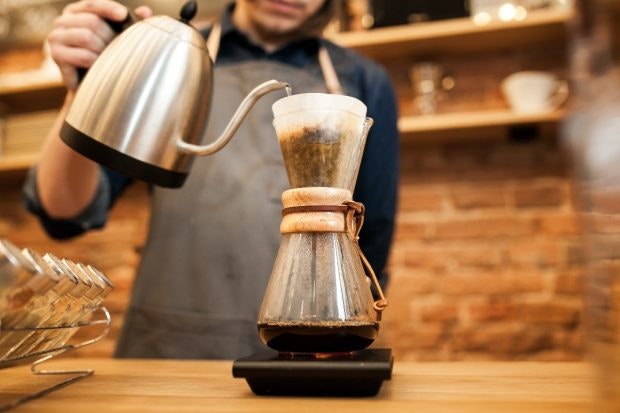
Chemex carafes come in different sizes. (Photo: Shutterstock)
If you want to brew large quantities of hand-infused coffee, this is it Chemex coffee carafe * an even visually appealing preparation option. It serves as a brewing and serving vessel in equal measure.
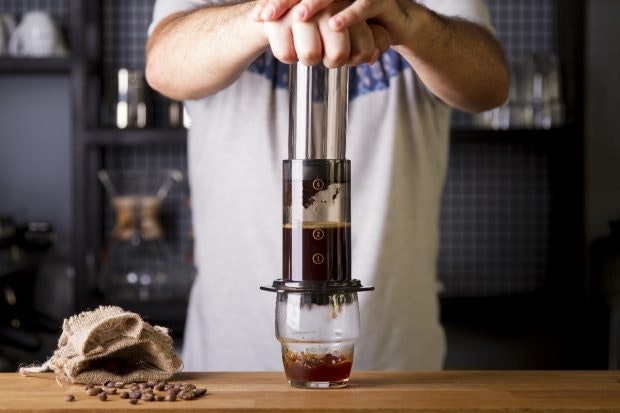
The Aeropress can also be used to prepare exquisite filter coffee. (Photo: Shutterstock)
An interesting alternative to the classic filter method is the Aeropress. This utensil consists of a brewing cylinder with a plunger and a coffee filter that is screwed into a filter holder on the underside of the brewing cylinder. However, you won’t get more than one or two cups of coffee in one go. The small brewing cylinder delivers aromatic coffee – for on the go the manufacturer offers the Aeropress Go a slightly more compact variant. You already get the thing from less than 30 euros * including 350 filters.
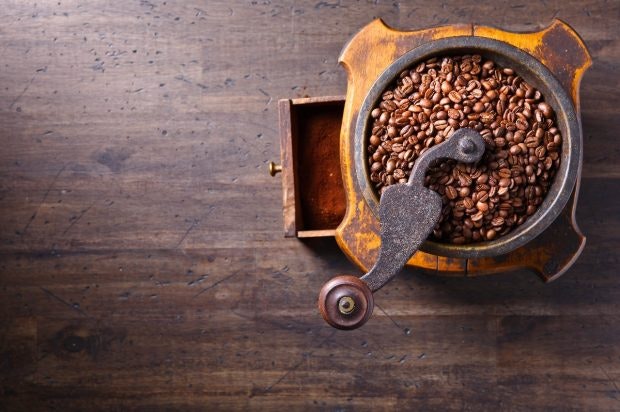
Instead of a striking mechanism, Grandma’s good old mill does a better job. (Photo: Shutterstock)
It is relevant for good filter coffee – as well as for espresso – that you use fresh beans that, ideally, are not roasted too dark. With dark roasts like the classic Italian, many of the aromas are literally burnt, so that the beans can no longer develop their entire aroma. In addition, you should avoid buying coffee that has already been ground. This is because many of the fine aromas have long since passed away due to the effects of oxygen, light and heat. This is why coffee enthusiasts consider a grinder to be absolutely important: ideally, the coffee should only be ground shortly before preparation.
Good coffee grinders can sometimes easily cost as much as a good portafilter machine – but you don’t have to spend that much, especially not at the start. Inexpensive yet good hand mills are available from just under 30 euros – the Hario Mini Mill Slim for just under 24 euros * fulfills its purpose. The slightly more expensive Knock Aergrind, on the other hand, is more recommendable. It grinds faster and is of higher quality – I’ve been using it as a “travel grinder” for three years. The grinder of the Mini Mill is made of ceramic, that of the Aergind is made of stainless steel. By the way, the Rolls Royce of the hand mills is the commandante – costs with over 200 euros * but also accordingly.
Of course, there are also quite affordable electric mills – but we advise against the small mills with a hammer mechanism. Because they chop the beans unevenly and heat them, which destroys the important flavoring substances.
The Solis Scala has proven itself as a solid, electric entry-level grinder. It strikes at around 80 euros, for around 140 euros * there is the Baratza Encore, for example in the test by Coffeeness has proven itself. If you want it fancier and better, but also more expensive, you should get the Eureka Mignon for (about 350 euros *) or – my favorite – the Mahlkönig Vario Home for (over 400 euros *) watch. Further information on mills and grinders can be found in Coffee wiki – yes, there is a wiki that revolves around coffee.
The scales should not be forgotten, because measuring with a spoon is unreliable, as the coffee powder weighs sometimes more and sometimes less, depending on the type of coffee used. Incidentally, you should also weigh the water during brewing. A special high-tech scale like the Acaia for over 160 euros but it does not have to be mandatory. All you need is a classic digital household scale, such as one from Soehnle for just under 17 euros *. The Hario scale with timer for a little over 50 euros * has proven itself in everyday use for years.
It is not just the hardware that is important: the correct preparation of the coffee is also important
During preparation, it is important to ensure that the correct amount of coffee powder is used. For filter coffee, the guideline value of around 60 grams of coffee per liter of water applies, whereby, according to our own experience, 26 grams of coffee beans per half a liter of water is sufficient. The water must not be too hot when it is poured, as it affects the taste – let the water stand for a short while after boiling so that it can cool down a little. When grinding the beans, you should also ensure that the grind is correct – with filter coffee it must not be too fine, but also not too coarse.
For the right coffee preparation you will find some instructions here that we found at the Berlin roaster “The Barn”:
André Krüger, aka Bosch, in the following article:

(Photo: André Krüger)
Coffee for the office: press properly with the Aeropress
There are now small roasters in every large town between Hamburg and Frankfurt. Help this Google Maps map you can find a café that sells beans or even a roaster near you.
